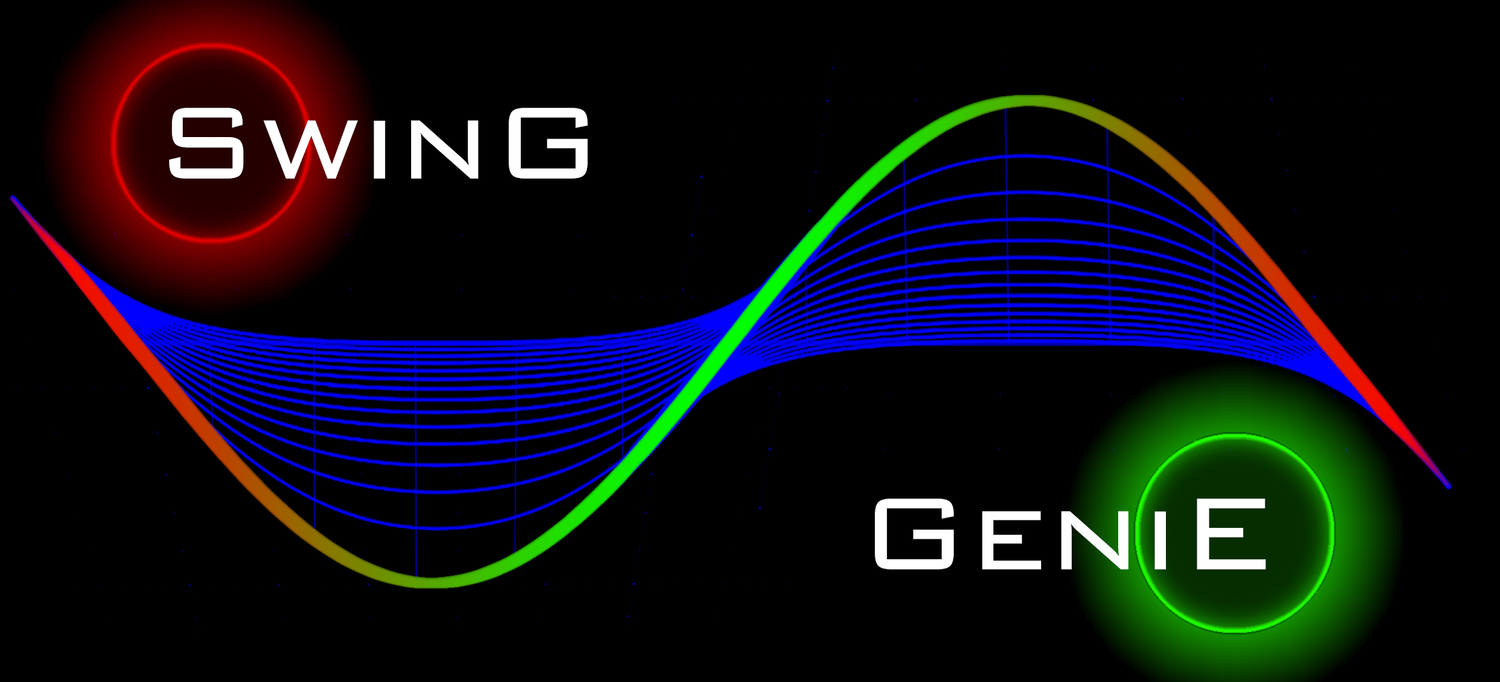The Dragon is an experimental indicator that is currently still under development. I called this indicator the Dragon because, not unlike the movie and book; “How to train your Dragon”, you must adjust or dial in this indicator (train it) to get good entry/exit signals out of it, for each individual equity you want to examine. That is not nearly as convenient as all of my other indicators, but the extra work can be worth the effort. The benefits of this indicator are its responsive nature and it forecasting ability . In the inputs the algorithm allows you to select a forecasting option. Forecasting in this instance merely means shifting the resulting indicator projections forward by altering the algorithm to be looser. It can fairly accurately forecast 1 to 3 bars forward. The more forward you set the adjustment the less accurate it becomes. John Ehlers was the first person to transform Dr. Voss’s algorithm into an equity trading indicatory. His observations about forecasting are important. While the Voss filter “can’t it really look into the future, it can provide signals in advance of signals used by other traders – and that may be enough to create a successful trading edge.”
As the image below demonstrates the Dragon does indeed get you into and our of trades in advance of even our best indicator, Genie-Cycles, shown below the Dragon.
The second issue regarding this indicator is, it’s not easy to understand the rational behind it. The Dragon filter is a direct derivative of the Voss Predictive Filter. Dr. Voss describes this filter as “A filter for universal real-time prediction of band-limited signals” This algorithm was developed to provide greater resolution and insight into a wide class of signals generated by deterministic or stochastic systems. It attempts to remove group and phase delays from the Weighted Moving Average output. One of Dr. Voss’s fields of endeavor is working to make MRI images clearer. This is done by extracting the first harmonic of the output using a bandpass filter and then applying a "negative-delay" formula to it. Forecasting financial time series is regarded as one of the most challenging applications of time series prediction due to their dynamic nature.
We have more information on our website describing this indicator as well as three links to reference articles that describe the scientific concept underpinning this indicator.
In the image below, the Dragon Indicator is plotted below the price chart so you can see the correlation between the two. If you examine the last two entry signals you can clearly see that the Dragon flags an entry position very early in the turning point transition shift. Actually, at points in the chart that do not in any way look like the end of the last down leg of the cycle. This get you into a trade before most of the rest of the other market competitors.
We consider the Dragon to still be under development. It requires a narrow band width of input data, for the output to generate reliably accurate signals. Market data has unlimited bandwidth.
Our future development of this indicator will take two center of gravity filters and first narrow that resulting bandwidth by utilizing a pass band filter. We will than use this data as an input to the Voss algorithm. We will advise all of our user when this updated version is available. Currentely this experimental version is only available to our unlimited members.
Access this Genie indicator for your Tradingview account, through our web site. (Links Below) This will provide you with additional educational information and reference articles, videos, input and setting options and trading strategies this indicator excels in.
How to Train Your Dragon
The Dragon filter is a direct dirrivative of the Voss Predictive Filter. Dr. Voss describes this filter as “A filter for universal real-time prediction of band- limited signals” This algorithm was developed to provide greater resolution and insight into a wide class of signals generated by deterministic or stochastic systems. It attempts to remove group and phase delays from the Weighted Moving Average output. This is done by extracting the first harmonic of the output using a bandpass filter and then applying a "negative-delay" formula to it.
I called this indicator the Dragon because, not unlike the movie and book; “How to train your Dragon”, you must adjust or dial in this indicator (train it) to get good entry/exit signals out of it, for each individual equity you want to examine. That is not nearly as convenient as all of my other indicators, but the extra work can be worth the effort. The benefits of this indicator are its responsive nature and it forecasting ability. In the inputs the algorithm allows you to select this forecasting option. Forecasting in this instance merely means shifting the resulting indicator projections forward by altering the algorithm to be looser. It can fairly accurately forecast 1 to 3 bars forward. The more forward you set the adjustment the less accurate it becomes. John Ehlers was the first person to transform Dr. Voss’s algorithm into an equity trading indicatory. His observations about forecasting are important. While the Voss filter “can’t it really look into the future, it can provide signals in advance of signals used by other traders – and that may be enough to create a successful trading edge.”
The second issue regarding this indicator is, it’s not easy to understand the rational behind it. The Dragon filter is a direct derivative of the Voss Predictive Filter. Dr. Voss describes this filter as “A filter for universal real-time prediction of band- limited signals” This algorithm was developed to provide greater resolution and insight into a wide class of signals generated by deterministic or stochastic systems. It attempts to remove group and phase delays from the Weighted Moving Average output. One of Dr. Voss’s fields of endeavor is working to make MRI images clearer. This is done by extracting the first harmonic of the output using a bandpass filter and then applying a "negative-delay" formula to it. Forecasting financial time series is regarded as one of the most challenging applications of time series prediction due to their dynamic nature. However, it is the fundamental element of most investment activities thus attracting the attention of practitioners and researchers for many decades.
If you examine the last two entry signals above (A to B) you can clearly see that the Dragon flags an entry position very early in the turning point transition shift. Actually at points in the chart that do not in anyway look like the end of the last down leg of the cycle. This get you into a trade before most of the rest of the other market competitors.
We consider the Dragon to still be under development. It requires a narrow band width of data for its input, for the output to generate reliably accurate signals. Market data has unlimited bandwidth. Our future development will take two center of gravity filters and first narrow that resulting bandwidth by utilizing a pass band filter. We will than use this data as an input to the Voss algorithm. We will advise all of our user when this updated version is available.
References:
1) A Peek into the Future, By John Ehlers
2) Forecasting Financial Time Series using Linear Predictive Filters; by Bin Li; A thesis submitted for the degree of Doctor of Philosophy in Electrical and Electronic Engineering, Imperial College London, Imperial College Londo Filtershttps://spiral.imperial.ac.uk/bitstream/10044/1/11176/1/Li-B-2013-PhD-Thesis.pdf
3) Henning U. Voss, "A universal negative group delay filter for the prediction of band-limited signals" https://arxiv.org/abs/1706.07326
4) John Ehlers, “Cycle Analytics for Traders”, Chapter 5, John Wiley & Sons
I called the indicator the Dragon because, not unlike the movie and book; “How to train your Dragon, you must adjust this indicator so that is coincides with all of your other indicators. This requires you to change the Dragon indicator settings for each and every new stock symbol or equity.











